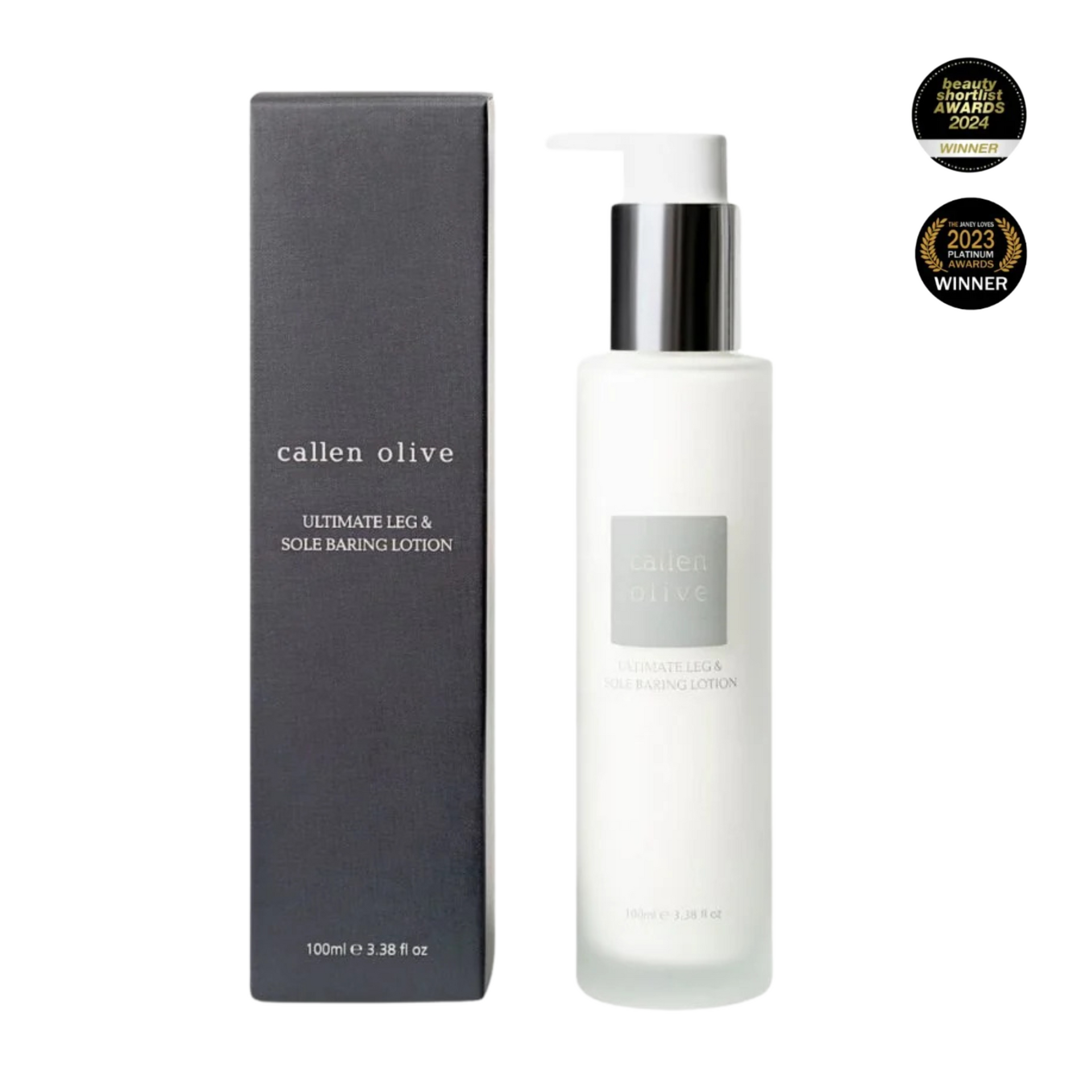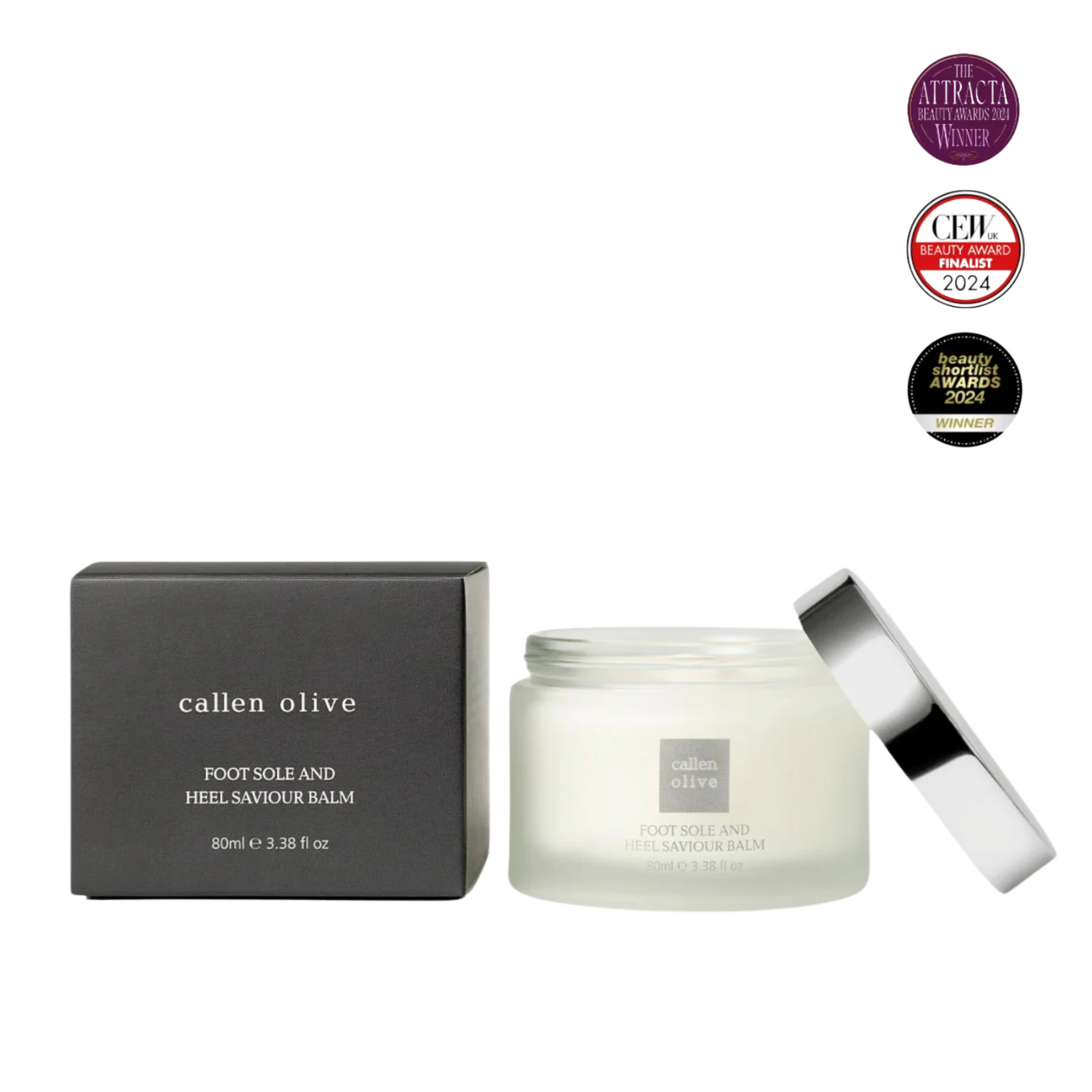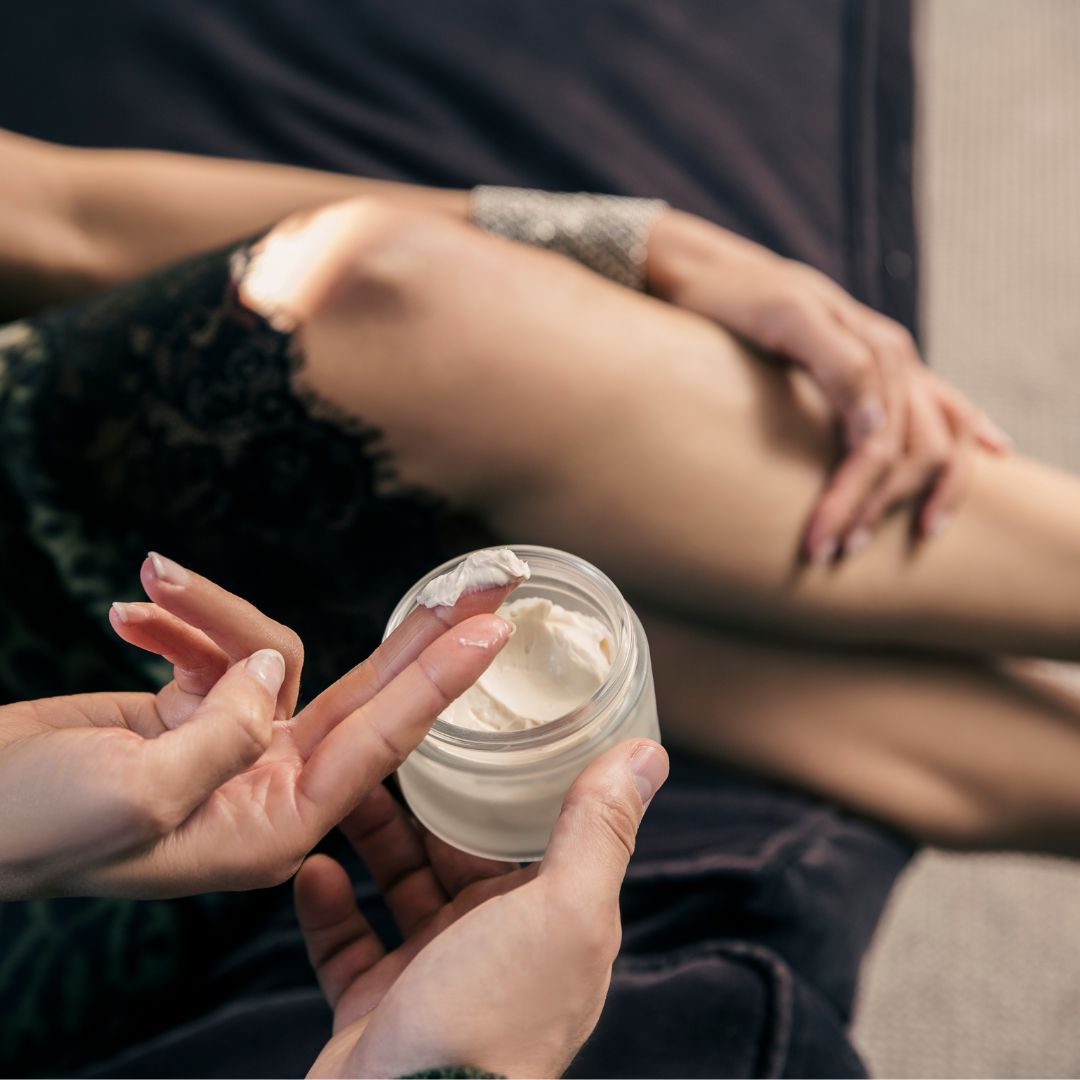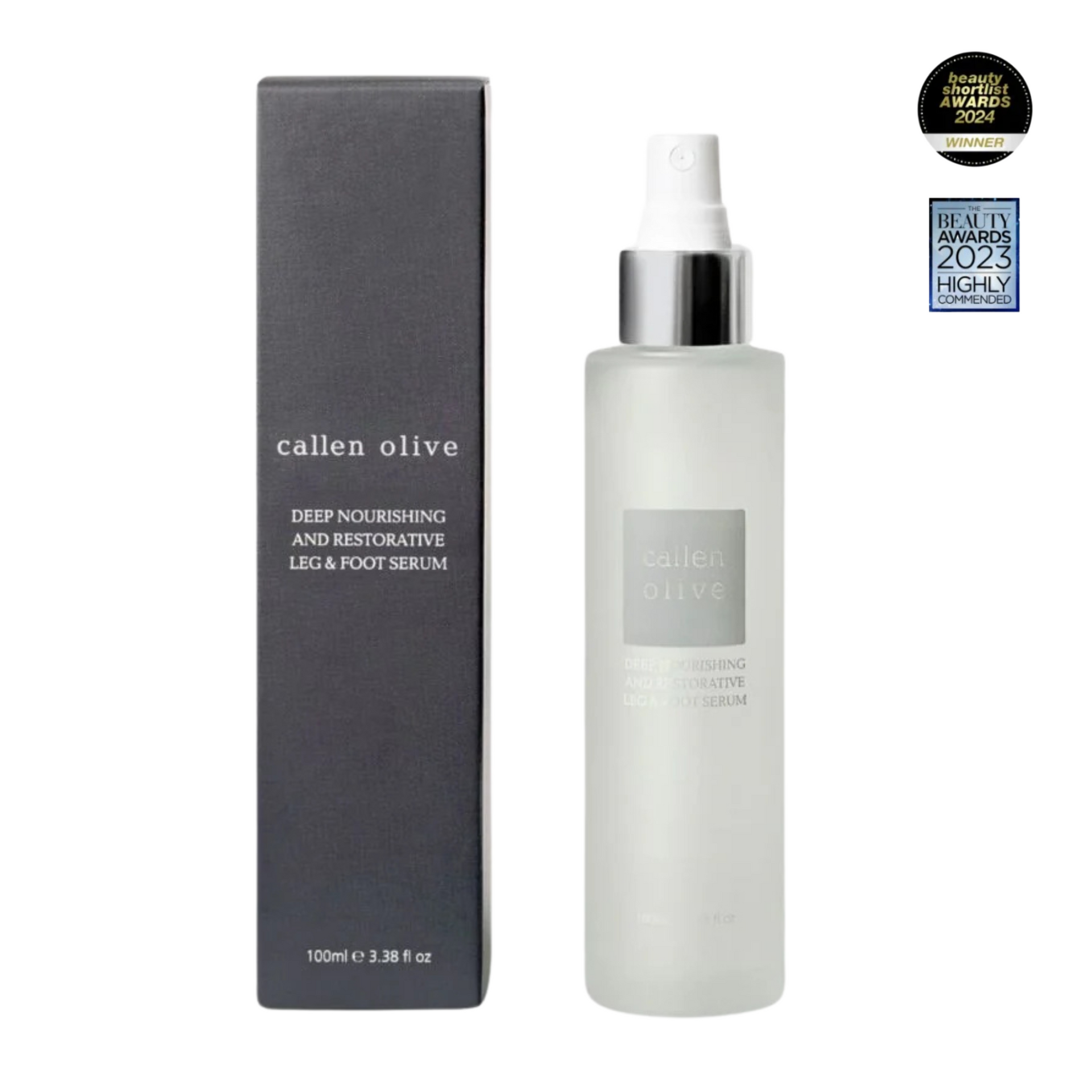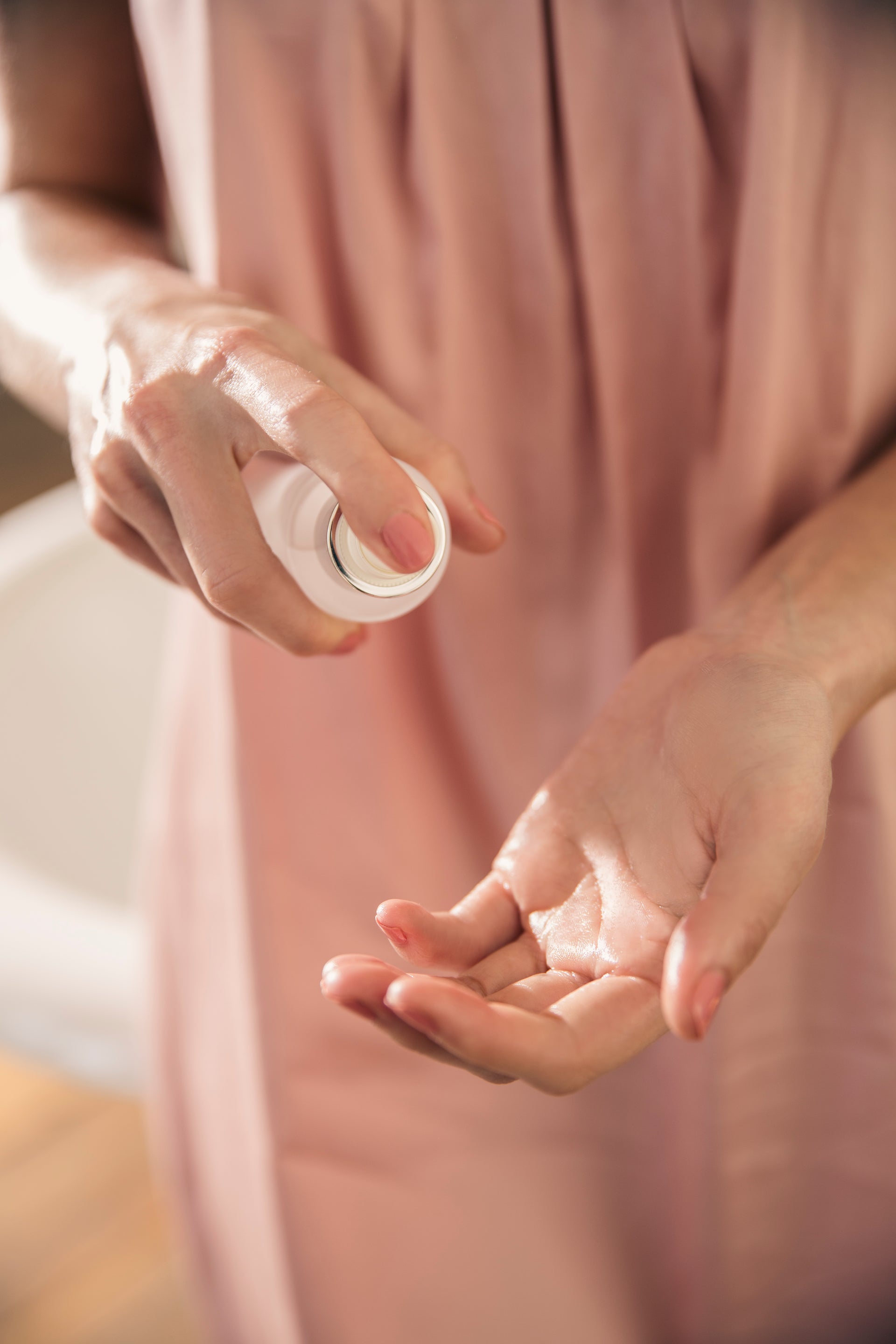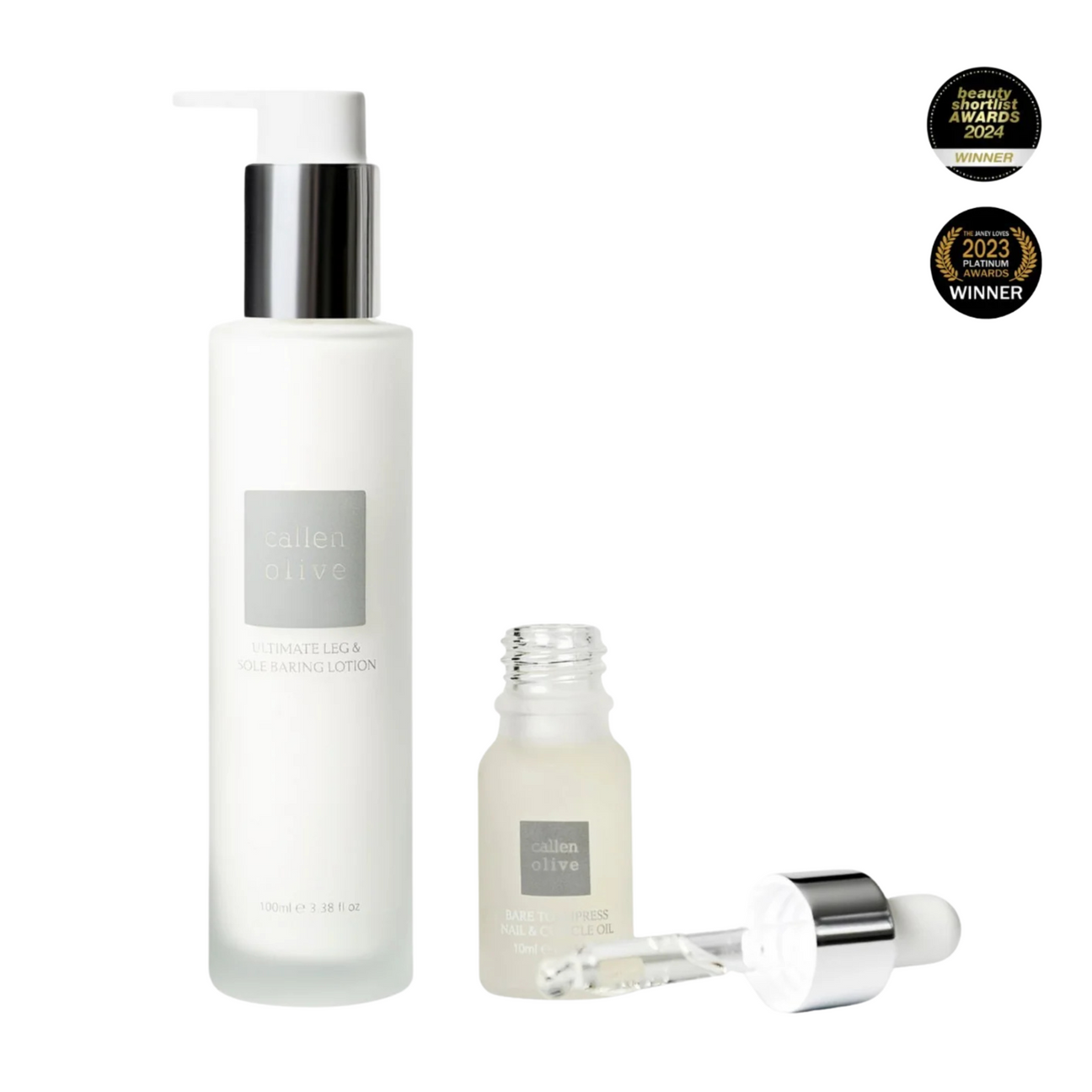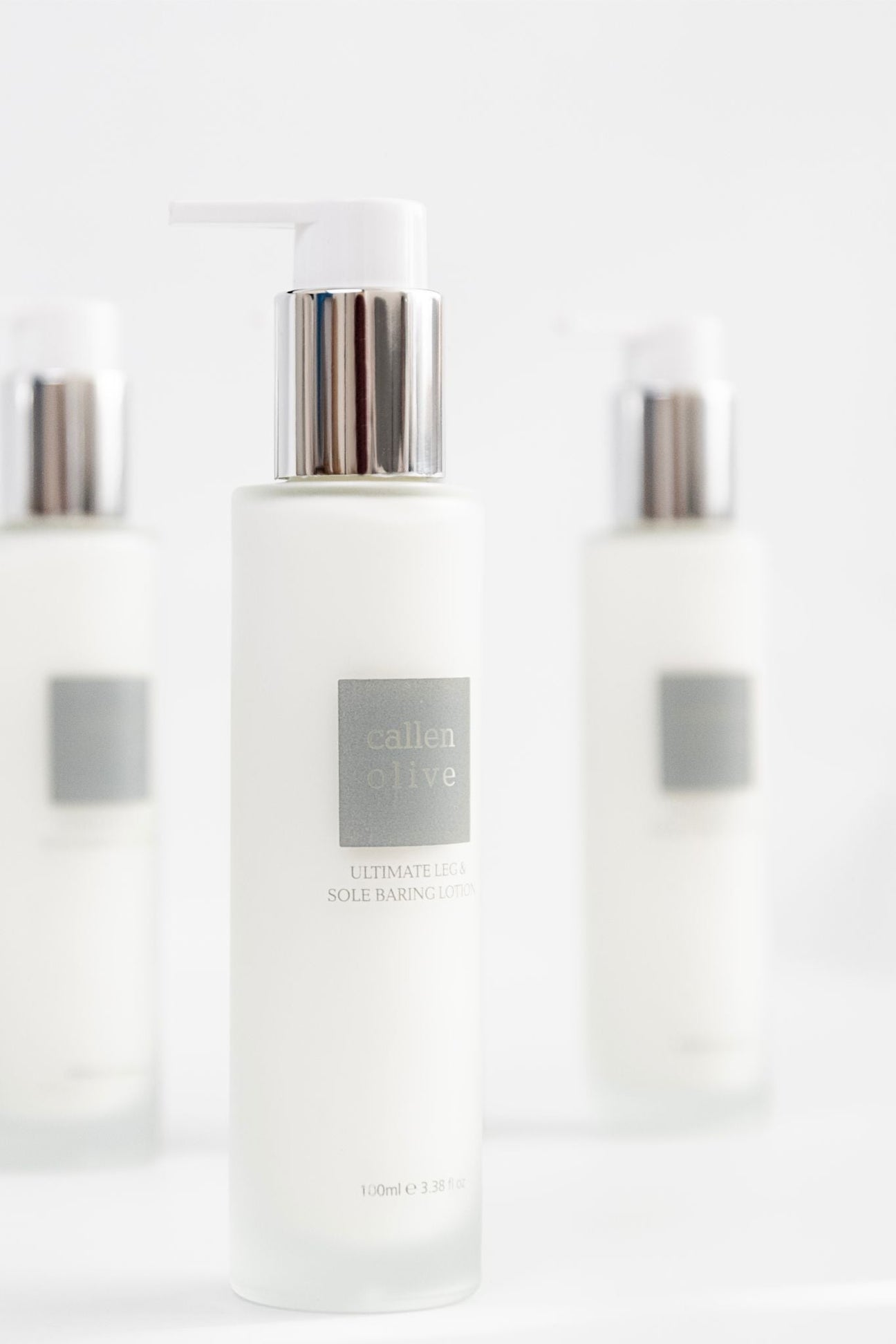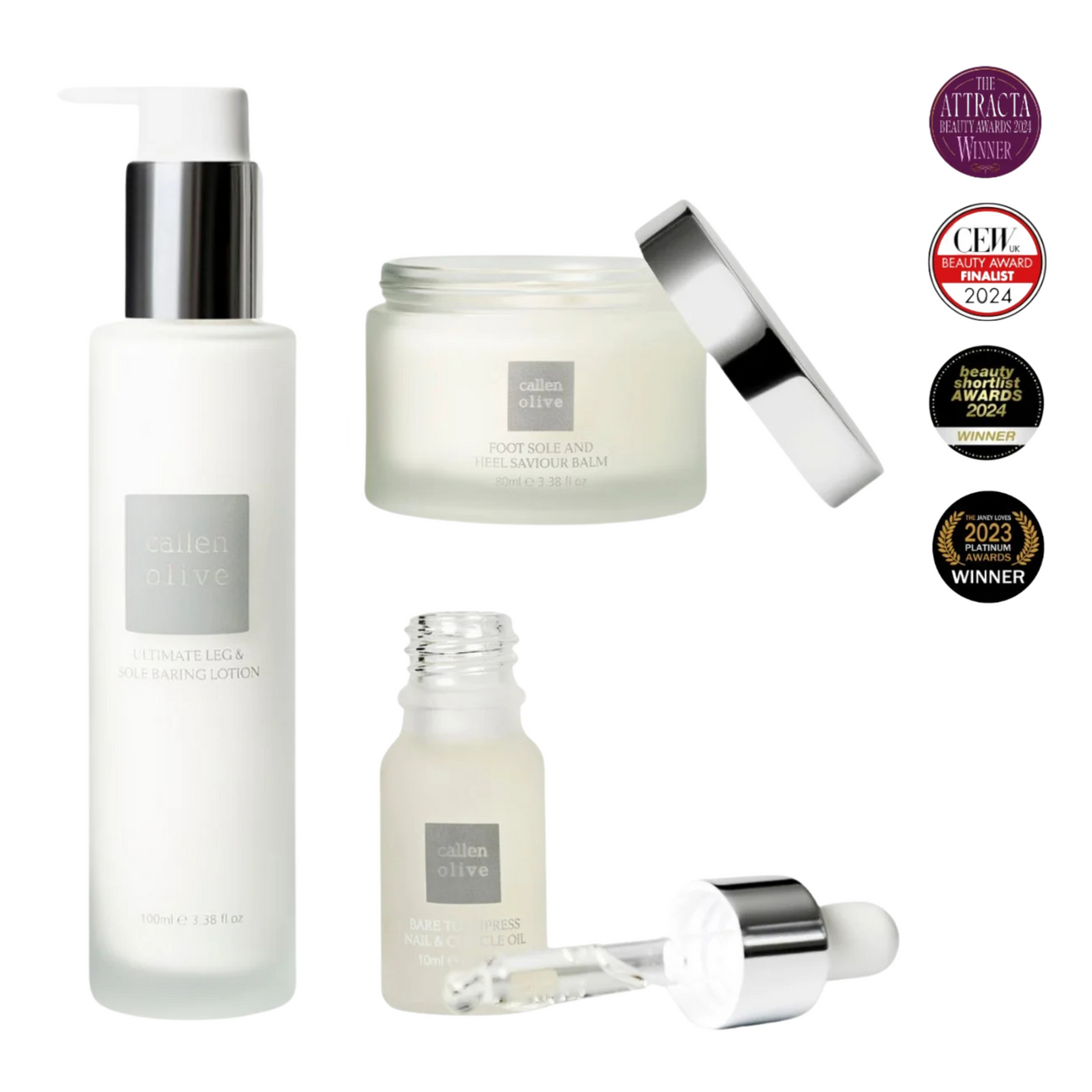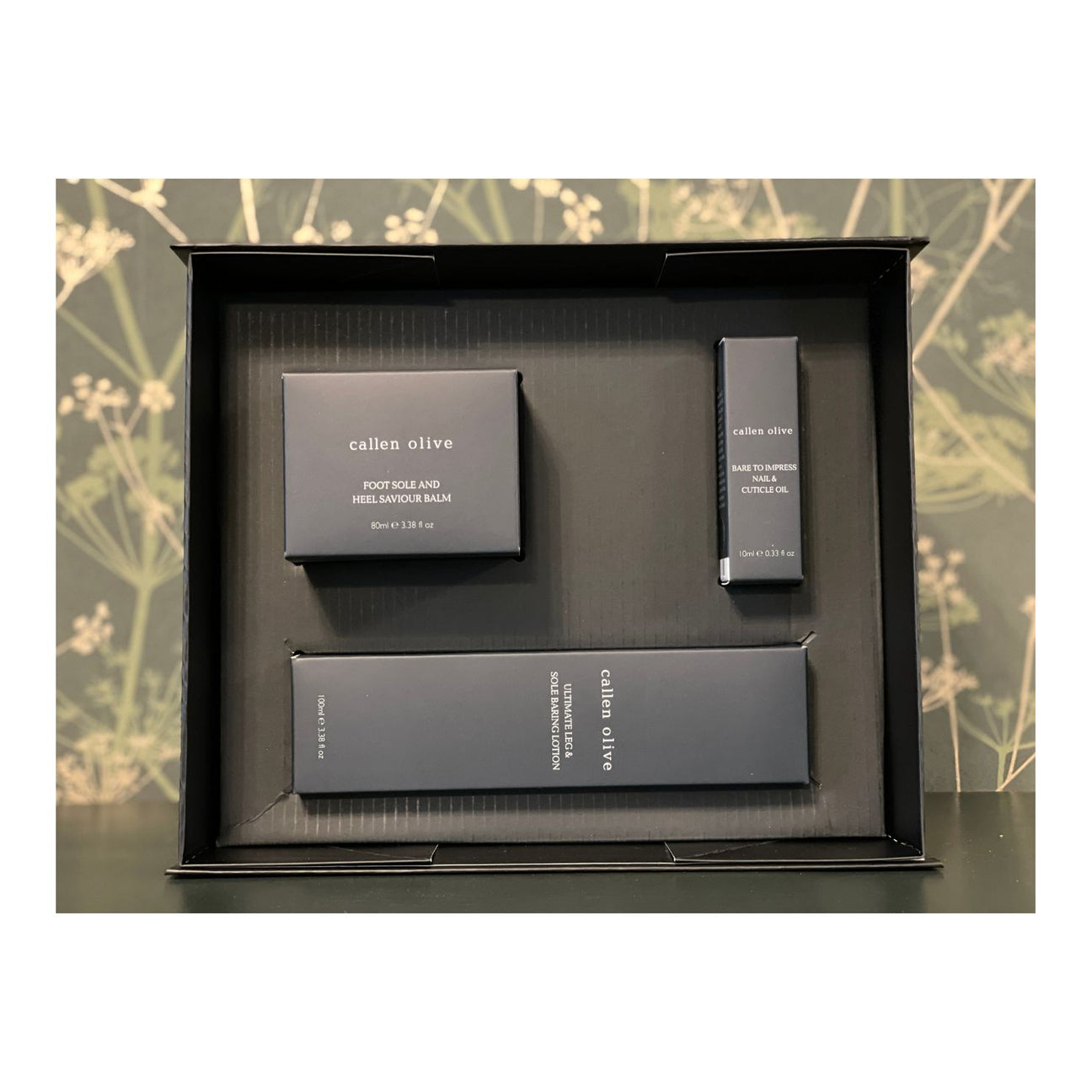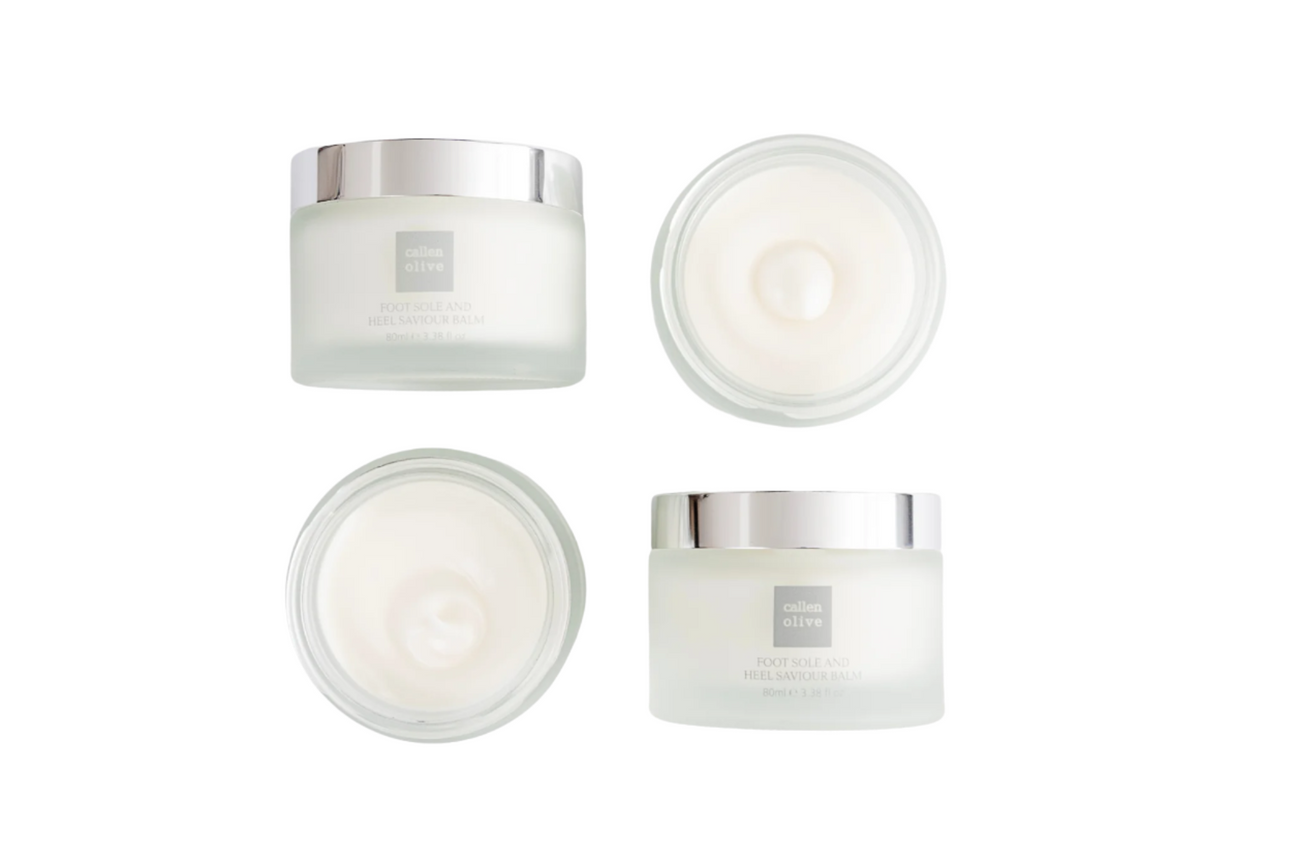Neglected feet are a thing of the past. Pedicured, healthy-looking feet are en vogue, and now’s the time to prioritise foot care for yourself.
When it comes to taking care of your body and practising self-love, we give the best of the best to our face and hair. Yet we squeeze our feet into unpractical shoes, wear socks that restrict blood flow and stand and walk for hours on end without even noticing them. Sadly, we rarely give our feet the love and attention they deserve. So no wonder nine out of ten, they end up in an embarrassing state.
A good foot care regimen starts with a thorough overhaul of the feet to check their condition. If you see yellow, thickened nails, itchy patches in between your toes, or cracked, red skin, you might have a fungal infection which will require help from a podiatrist.
There are other minor issues, such as cracked heels, corns and calluses, that you can treat at home with the appropriate foot care.
What causes corn and calluses?
In a nutshell, the appearance of corns and calluses is usually related to the way you walk. The areas where a callus or a corn forms receive increased pressure from walking and standing on these joints, developing a thicker skin in response to this pressure.
Despite both resulting from friction, corns and calluses are actually quite different. Calluses are flat patches of hard, thickened skin that most frequently appear on the heel, ball, or any part of the foot where there is repeated pressure and friction. They’re easy to spot as they are often yellowish, and they almost feel numb when touched. They are unlikely to cause any serious problems but can get thicker over time, making areas of your foot bulky with dry skin; resulting in pain
Corns, however, can cause a lot of discomfort, even though they tend to be smaller than calluses. They look like round-shaped patches of thickened skin with a distinct hard centre and are surrounded by inflamed skin, which makes them very painful when applying pressure. Corns usually occur by the sides of your small toes or between them and the soles of your feet.
Wearing shoes that are tight because they’re not wide or long enough for your feet is the main cause of corns. It is the shoe or toes rubbing against each other which causes the corn to appear. They’re also very common in people who have bunions or hammertoes.
If your feet have calluses and corns in particular spots, and they’re always there, it could be an indication that you are not using your foot properly when you walk. In cases like this, I would always suggest that you see a podiatrist instead of treating them at home and get a gait analysis. It could easily be your feet need custom foot orthotics support to alleviate the symptoms and prevent the reoccurrence of the new corns and calluses.
How can you avoid corns and calluses?
I always advise my clients to exfoliate their feet with an emery board foot file at least three times a week. For best results, file the skin when dry and try not to put pressure or file down too much to avoid thinning and breaking the skin.
Then, have a look at your shoe choices and ask yourself if they’re kind to your feet. If you love high heels, by all means, wear them. But be mindful of how many hours a day you do so. In my opinion, it’s not attractive to hobble around with a grimace on one’s face because your shoes are hurting. So leave your pretty heels for a party or special occasion and wear appropriately sized and the style of footwear that suits your everyday activities.
Finally, I recommend using an emollient daily to soften the skin and prevent the pain and discomfort sometimes associated with corns and callus. It also means you don’t need professional podiatry treatment so regularly.
If your feet are out of sight, that doesn’t mean they have to be out of mind. Dedicate them some time. Give them some decent TLC, and you’d be surprised how amazing they can look and feel.
Now, what better way to start your new foot care routine than with Callen Olive leg and foot-loving products. You can shop the range here.



